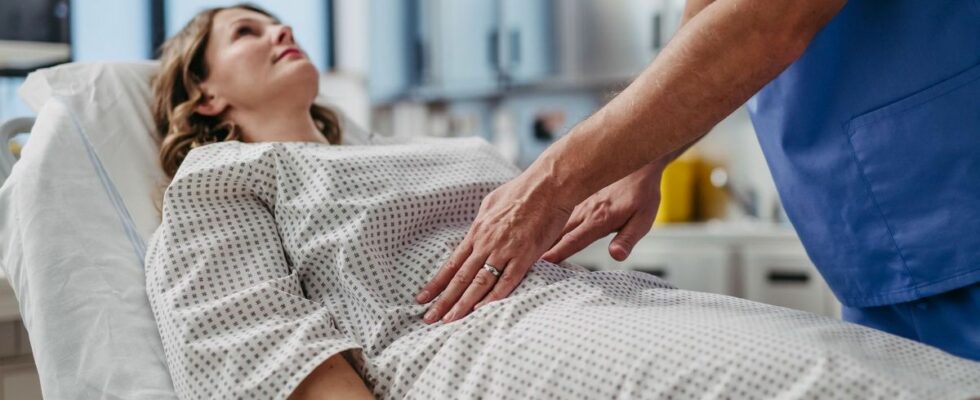Published on
updated on
Reading 2 min.
On November 6, for the first time, the Lille University Hospital treated several patients with uterine fibroids via radiofrequency. The innovative technique represents a much less invasive option than the interventions proposed so far.
“For the first time at Lille University Hospital, several patients were treated with radiofrequency for the treatment of uterine fibroids.” On its site and on Facebook, the establishment proudly announces that it is now banking on this technique to treat women suffering from these tumors.
Fibroids: often difficult treatments
Uterine fibroids are benign muscular tumors in the lining of the uterus. There are several types depending on their location: intracavitary fibroids (developed towards the uterine cavity), submucosal fibroids (developed under the endometrium), interstitial fibroids (developed in the thickness of the uterine muscle or myometrium), and subserosal fibroids (developed towards the peritoneal serosa).
Problem is, these tumors, even benign ones, can cause pain, bleeding and especially fertility problems.
In case fibroids cause bothersome symptoms, drug treatments or surgery are required.
- Agonists: LHRH (or GnRH), gonadotropin-releasing hormone;
- Progestins to slow the development of fibroids;
- Analgesics or anti-inflammatories to combat pain.
When nothing helps, intervention is possible.
- A myomectomy which consists of removing the fibroids (but a recurrence is possible within 4 to 8 years);
- A hysterectomy or total or subtotal removal of the uterus (with preservation of the cervix): it allows definitive healing, but allows the possibility of carrying a child.
Radiofrequency treatment, a new hope
Carried out for the first time in France in December 2023 at the Sainte Barbe clinic of the GHSV in Strasbourg, the treatment of fibroids by radiofrequency is an alternative to traditional treatments: surgical, hormonal or by embolization. It is performed on an outpatient basis and does not require full hospitalization, and can preserve fertility
Concretely, the principle is to position single-use radio frequency needles, connected to a generator, within the fibroid and to “devitalize” it using heat. The CHU explains: “Radiofrequency is a minimally invasive surgical procedure monitored by ultrasound and allowing the destruction of fibroids using an electric current. The wave created by the current is converted into thermal energy. By friction, this heats the fibroid and from 65°C it gradually deteriorates.”
The technique has several advantages:
- Little or no pain
- Absence of skin scars
- Used to treat large single fibroids
- Absence of uterine scar
- No impact on fertility
- Speed of the surgical procedure, carried out in an outpatient setting.
Better preservation of quality of life
“Currently, some patients prefer to forego surgical treatment which is heavy and physically and psychologically impactful. In the event of a large fibroid, a hysterectomy is proposed, that is to say, the total removal of the uterus. With this radiofrequency technique, we offer a minimally invasive therapeutic alternative with comfort for the patient.” welcomed Dr Deseure Aurore, gynecological surgeon at Lille University Hospital.
In the establishment, the novelty was made possible thanks to institutional support as part of the “Budget Program Innovation” call for projects which allows innovative technologies to be tested. Hoping that it will be deployed more widely.
